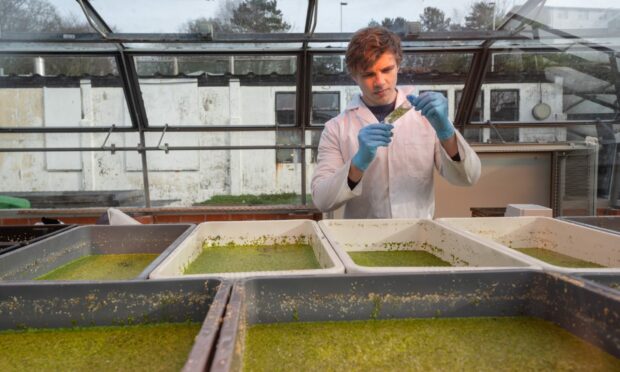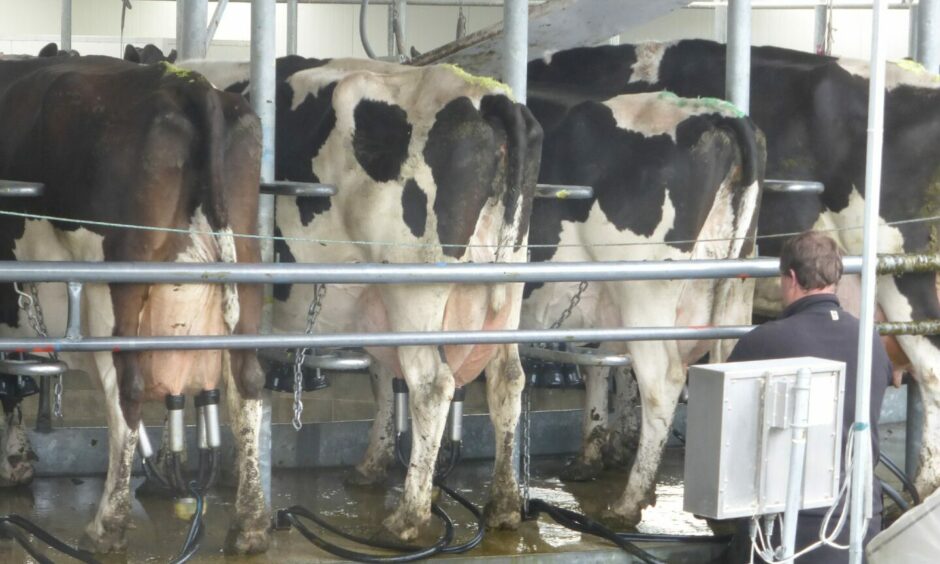Farmers are being urged to get involved in a research project which involves turning agricultural waste into feed for livestock.
The study by Aberystwyth University and University College Cork is investigating how slurry and wastewater from the beef and dairy industries could be used to grow duckweed, which is not only able to clean waste water, but it can also provide a protein source for animals.
Researchers believe the fast-growing plant could benefit the beef and dairy producers by reducing their reliance on importing protein-rich feed such as soy.
Dr Dylan Gwynn-Jones, who is leading the project at Aberystwyth University’s Institute of Biological, Environmental and Rural Sciences (IBERS), said: “We are very keen for farmers and the wider agriculture sector to get involved in the project.
“With expected increases in global food production, there is a pressing need for agriculture to be carbon-friendly, while protecting water quality and biodiversity.
“By helping the agricultural industry develop technology to produce valuable green protein from waste, the research effectively allows farmers to make money from muck.
“Native duckweeds can make slurry a valuable resource. They are amongst the fastest growing plants, they are tolerant of ammonium, which is found in slurry, and they produce valuable essential amino acids that make it a promising feed-stock.”
With a single cow producing up to 60kgs of waste per day, storing slurry is a significant cost for farmers. Duckweed’s waste water cleansing properties could also help improve water quality in rivers and coastal areas.
The project applies the teams’ knowledge of hydroponics and waste management to develop plant growth systems supplied with nutrients sourced from animal waste.
The €1.46 million Brainwaves project (Bilateral Regional Accord between Ireland and Wales for Agricultural Valorisation and Environmental Sustainability) is part-funded by €1.16 million from the European Regional Development Fund through the Ireland Wales Cooperation Programme. It builds on previously successful collaborations between Aberystwyth and Cork Universities.
Farmers and the wider agricultural industry can find out more and apply to be part of the project at www.ucc.ie/en/brainwaves.








